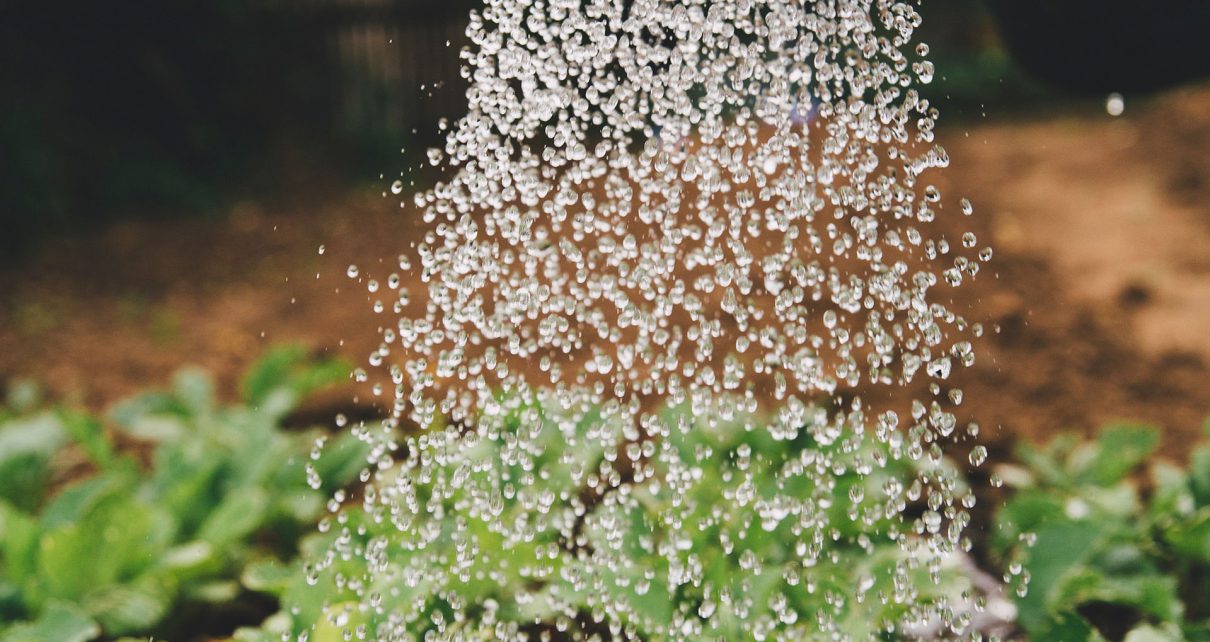
Guide to Non-Invasive Xeriscaping Plant Choices
Guide to Non-Invasive Xeriscaping Plant Choices
Landscape Tips
- Use a trowel, shovel, or probe to examine the soil. If the top two to three inches are dry, it’s time to water.
- Set a timer when using the hose as a reminder to turn it off.
- Check your sprinkler system frequently and adjust it so only your lawn is watered and not the house, sidewalk or street.
- Water during the early morning hours or in the evening to prevent evaporation and water loss.
- If water easily runs off your lawn, split watering times into shorter periods to allow for better absorption.
- More plants die from over-watering than under-watering. Water only when necessary.
- Over-watered plants have leaves that turn lighter shades of green or yellow, wilted young shoots, and sometimes algae or fungi.
- Water plants deeply but less frequently to encourage deep root growth and drought tolerance.
- Choose sprinklers that deliver big drops of water close to the ground. Mist and smaller drops evaporate before hitting the ground.
- Use a rain barrel to harvest rainwater from gutters for watering gardens and landscapes. A rain barrel system will allow you to capture rainwater from your roof gutter and downspout system and then use it for your landscape irrigation instead of DWS’ potable drinking water. The benefit is reduced demand on the fresh water resource, the water supply infrastructure, and electricity, as well as a lower water bill. For more information regarding rain barrel water catchment, please contact dws@hawaiidws.org
- Use ice cubes for hanging baskets, planters and pots, which give your plants a drink of water without overflow.
- Periodically check your sprinkler system valves for leaks and keep the heads in good shape.
- Proper pruning can help your plants use water more efficiently.
- Group plants with the same watering needs together to avoid overwatering and underwatering.
- Reduce lawn coverage by planting shrubs and ground covers.
- Plant native species that are specific to Hawaiʻi’s climate.
- Consider xeriscaping, using low-water-use plants. Drier and arid regions of Hawaiʻi Island, should consider landscaping that is drought, wind, and salt-air tolerant. Native Hawaiian plants have shown to be appropriate for these types of environments. For more information regarding xeriscaping please contact dws@hawaiidws.org, the State of Hawaiʻi Division of Forestry and Wildlife dlnr.hawaii.gov/dofaw/ or Plant Pono https://plantpono.org.
